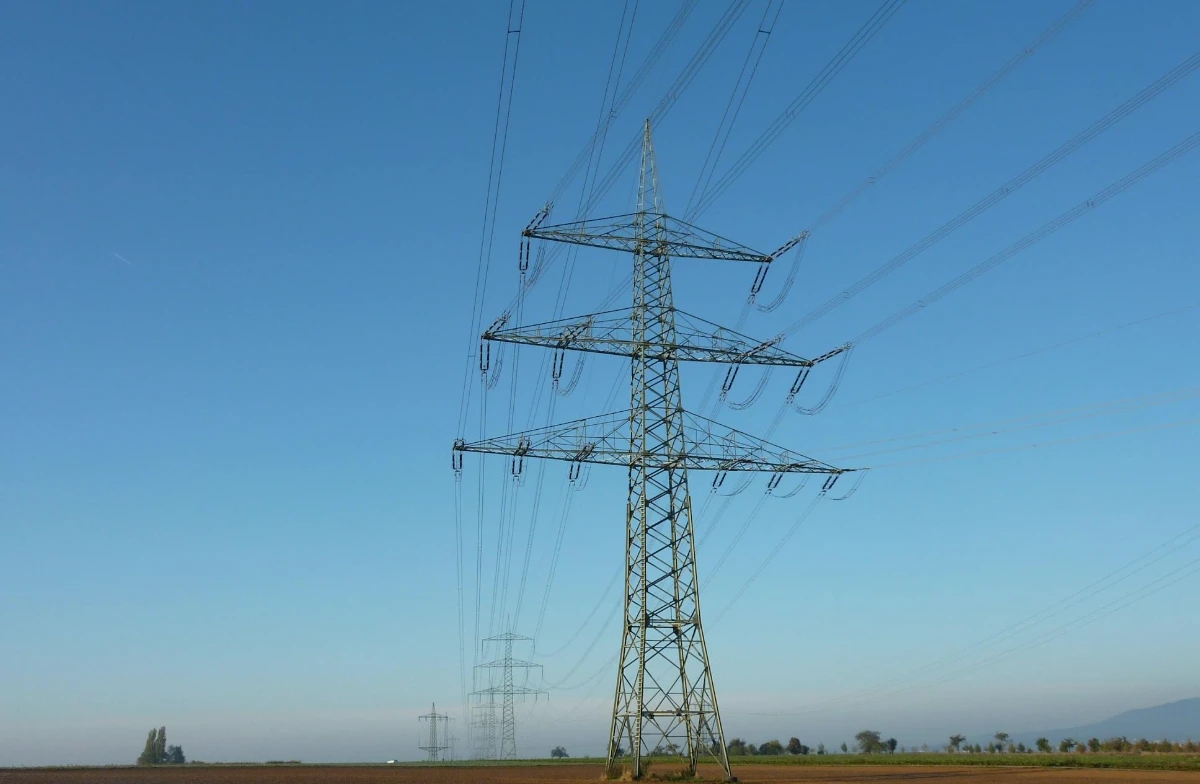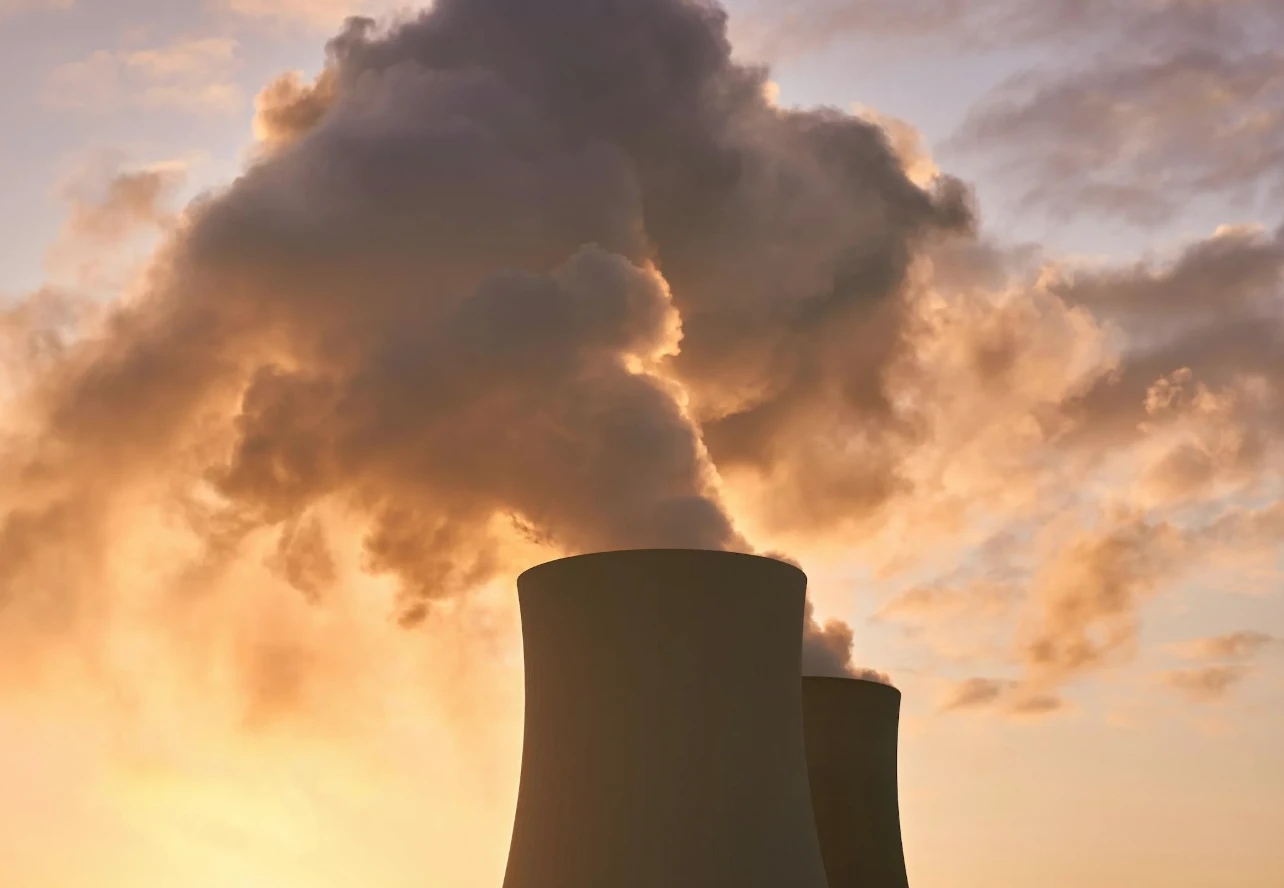Türkiye's Net Zero Goal Requires Radical Transformation of the Electricity Distribution System

The Transformation of Turkey's Electricity Distribution Sector report, published by the SHURA Energy Transformation Center, emphasizes the necessity of a radical transformation not only in energy generation but also in the distribution system in line with net-zero emissions targets. As consumption patterns change with the rise of distributed renewable energy resources, the supply-demand balance becomes bidirectional. This necessitates improving the flexibility, monitoring, and control capabilities of distribution systems.
“Electrification Will Accelerate in the Coming Period”Alkım Bağ Güllü, Director of the SHURA Energy Transformation Center, emphasized the critical role of the distribution sector in the energy transformation , saying: “As the energy system decarbonizes with the proliferation of distributed energy resources, system losses are reduced by generating energy closer to the point of consumption, voltage and energy quality are improved, and grid investments can be planned more efficiently. Electrification will accelerate in the coming period with electric vehicles, heat pumps, and similar systems. This requires the distribution system to move beyond a purely energy-carrying infrastructure and into an active and impartial market platform. Therefore, adopting a flexible, digital, and interactive structure in the development, management, and operation of grids is crucial.”
Existing Infrastructure Needs to Be ModernizedGüllü emphasized that the transformation will require new investments in medium and low voltage networks, as well as the modernization of existing infrastructure. He also emphasized that the modernization of distribution systems requires accelerating digitalization, developing data-driven planning processes, and clearly defining the new duties and responsibilities of distribution system operators (DSOs).
The Rise of Distributed Generation Necessitates New Infrastructure InvestmentsTürkiye's total installed capacity reached 119,647 megawatts (MW) as of June 2025. Of this, 21,345 MW (18%) consists of unlicensed electricity generation plants, and 96.5% of this capacity belongs to solar power plants.
The Turkish Ministry of Energy and Natural Resources announced its target for 2035 to reach 120 GW of installed solar and wind power capacity. This new target represents a nearly 50% increase compared to the 82.5 GW capacity envisioned in the 2022 National Energy Plan.
Innovative Approaches Should Be ImplementedParticularly with the increasing number of resources connected at the distribution level, largely based on solar energy, the consumer side must take a more active role in the energy system to ensure system flexibility. In this regard, it is crucial to expand the use of distributed generation facilities located close to consumption points and implement innovative approaches that ensure bidirectional energy flow within the grid. Otherwise, the likelihood and frequency of technical problems such as voltage regulation fluctuations, reactive power imbalances, inadequacy in handling sudden load and generation changes, incompatibility in protection systems, and deterioration in power quality may increase.
The report emphasizes the need to expand inverter-based distributed resources and clean electrification practices, which allow energy to be consumed at the same location as it is generated, in energy-intensive sectors such as industry, buildings, and transportation. Distribution system operators must take greater responsibility in this regard.
Priority Technology and Application Areas for ModernizationThe report lists the technology and application areas that should be prioritized in Türkiye's distribution system as follows:
- Use of technologies that increase operational system efficiency,
- Digitalization and planning of the infrastructure to support distributed generation (smart meters, micro-grids, etc.),
- Strengthening cyber security measures,
- Expanding energy cooperatives,
- Establishment of regional energy trading platforms and regional flexibility markets,
- Expand tariffs that encourage the integration of distributed generation.
The following explanation was provided for planning the transformation: “Determining regional distribution targets for renewable and distributed energy resources is crucial for DSOs to anticipate future infrastructure needs. This allows DSOs to forecast consumption using advanced data analytics, taking regional targets into account, and clearly define priority investment areas. Furthermore, developing investment plans for smart meters and smart grid infrastructure at the distribution level to effectively utilize advanced data analytics and real-time data monitoring will accelerate the transformation.”
Faster Response to Malfunctions and Regional ConstraintsIn this process, simplifying, accelerating, and digitizing permitting and approval mechanisms through legislative amendments stands out as a key step that will increase implementation efficiency. Furthermore, it is recommended that innovative financing tools be considered to ensure planned investments are implemented on schedule. Implementing all these steps will enable the distribution grid to operate more efficiently and resiliently, and DSOs will be able to respond more quickly to disruptions and regional constraints.
Transformation Requires a Three-Stage RoadmapThe report examines the transformation process of the distribution system in three periods:
- Short term (2025-2030): Assessment of the current situation, identification of priority areas for transformation and preparation of basic infrastructure.
- Medium term (2030-2040): Dissemination of technologies that will increase grid resilience in parallel with increasing demand and generation capacity.
- Long term (2040-2053): Creating market conditions that support local energy trade.
The report emphasized that strengthening the integration of distributed energy resources into the grid and markets will accelerate the decarbonization of the energy system, while also improving voltage and energy quality. It also noted that increased distributed renewable energy capacity could reduce the need for costly fossil fuel power plant investments and reduce imported fuel costs. Other positive outcomes of the transformation include the reduction in grid losses and reduced transmission and distribution infrastructure costs due to the system efficiency provided by distributed energy resources.
iklimhaber





